 The 10 Best Science Illustrations of 2021 from SayoStudio
The 10 Best Science Illustrations of 2021 from SayoStudio
Happy New Year! This past year we’ve worked with leading scientists who have inspired us with their discoveries and achievements. From genetics to astrobiology, and nanotechnology to ocean ecology, we’ve learned so much while communicating their science. We invite you to find some of your own inspiration from SayoStudio’s 2021, 10 best science illustrations. (We wish this list could be comprehensive, so to those of you that we’ve created illustrations or infographics that we missed, we’ll feature you soon!) Please enjoy the best SayoStudio science art and illustration from 2021.
1. Reimagining the Central Dogma Illustration – UCSB Foundations Institute
First on our list, reimagining the central dogma. If you’re a biochemistry nerd like us, that might pique your interest. But, even if you’re not a geneticist ;-), you’ve likely heard of nature vs nurture. Really, it goes back to our oldest fables and stories. What makes us who we are? Are we predetermined by destiny, or do the choices we make dictate our future? The Foundations Institute, an academic think tank at UCSB, gathers leading minds from across the world to discuss these sorts of questions. What tools do we need to answer these questions? What assumptions should we address, or perhaps even put aside? We created this illustration to hint at all of the different things that can impact who we are, from the microbes cohabitating in our body, to the food we eat, to the environment we live in.

2. Reproductive Health Illustration, for Science News Magazine
Next on our list, an illustration of ovulation. Perhaps not a subject that one would first imagine for a top-ten list, but with the vision of Science News, it became one of our all-time favorite medical illustrations that we’ve created. To help Science News celebrate its 100th birthday, we created an illustration series visualizing the advances in reproductive health over the last century. SayoStudio’s Nicolle R. Fuller created a series of 5 medical illustrations for their magazine health feature and the website special. See the whole series here.
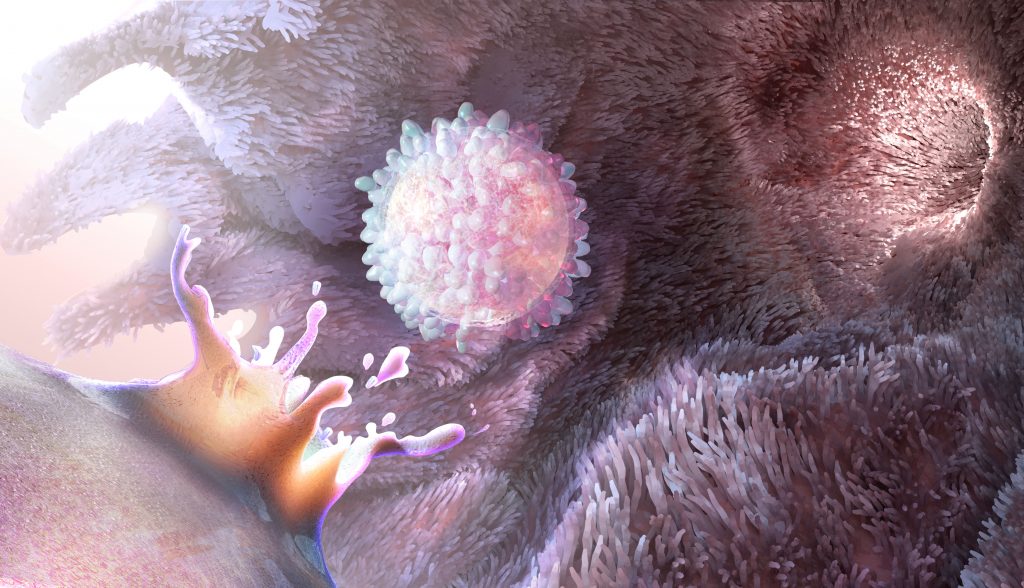
3. Seafloor Mapping 3d Infographic, for USF and NOAA COMIT
Third up, a 3d infographic showing seafloor mapping technology. Need directions, or real-time traffic updates? Grab your phone! But what if it’s the seafloor you’re trying to navigate? Or in the case of ship traffic, the seafloor you need to avoid to prevent running ashore? It’s hard to believe that there is still much work to be done to map the ocean seafloor, but even in heavily trafficked areas, we don’t have reliable maps. To make matters even more difficult, shallow waters are particularly prone to change, as hurricanes and tropical storms rearrange sandbanks and shipwrecks. The University of South Florida and NOAA have launched the Center for Ocean Mapping and Innovative Technologies (COMIT). COMIT uses a layered technology approach to get both the detail and breadth needed to map the ocean seafloor.
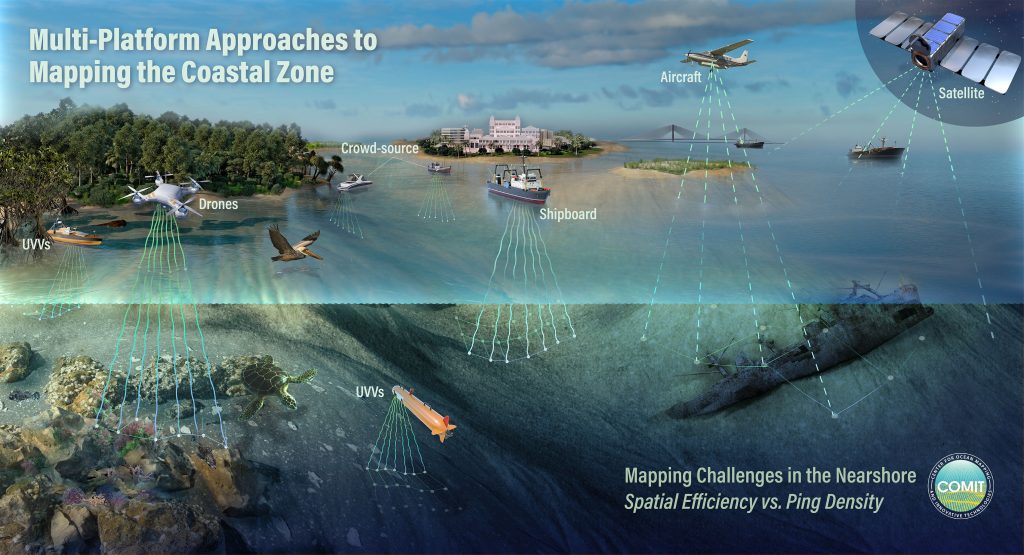
4. Searching for Exoplanet Biosignatures, Sky and Telescope Magazine Feature Art
Fourth: alien signs of life! Little green men… it’s a little bit of a silly trope, but it’s fun, right? The reality is, signs of life aren’t going to be as obvious as flying saucers or wiggling green antennae (see our post on What Life on Mars Might Look Like. So the question becomes, what can we search for, across the galaxy? By looking at our own little microcosm here on Earth, we’re able to discern the chemical signatures of life. Chemists are joining forces with astrophysicists to determine how to look for certain chemicals produced ONLY by life. Perhaps not as fun, but hopefully they will lead to more exciting, verifiable results. Our astronomy illustration shows a potential life-sustaining planet, and the signs of life astrobiologists can detect from afar.
5. Dr. Kelly Schultz, Lehigh University, Nanorods in Gel Illustration
6. Douglas McCauley’s Oceans 2050, Plastic Pollution Illustration
Number 6 on our list, comes from our ongoing partnership with ecologist Dr. Douglas J. McCauley. This epic illustration is a call to action– what can we do to ensure a better future, and confront plastic pollution before it’s too late? These are the questions that McCauley asks all of us to consider. In this illustration, we look at wildly different outcomes for our coastal areas, only 35 years from now. Read our plastic pollution case study for a look at how we conceived the work and created all the pieces.
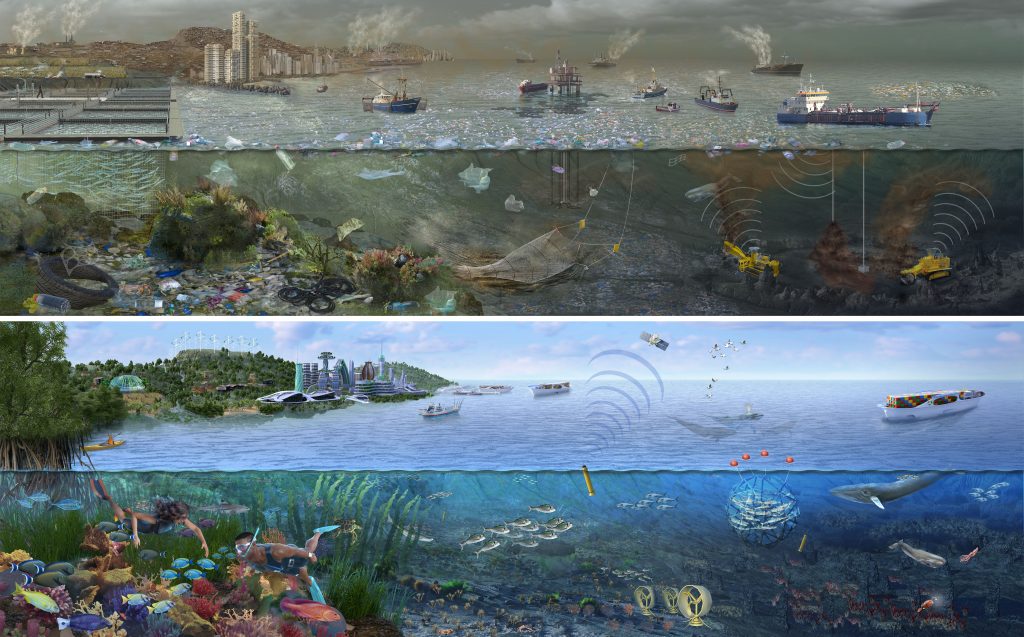
7. Single Atom Layer Nano Switch Illustration, Tel Aviv’s Dr. Moshe Shalom and Dr. Maayan Vizner
Coming in at number 7, is a nanotechnology illustration for Dr. Moshe Shalom and Dr. Maayan Vizner. Their groundbreaking research demonstrates an electronic switch that is only 2 atom layers thick. 2 atoms! Electronic devices like cell phones could eventually be as light and flexible as cloth, with electric nanotechnology like this.

8. Plastic Pollution Sensor Network Cover Art, Dr. Michael Bank
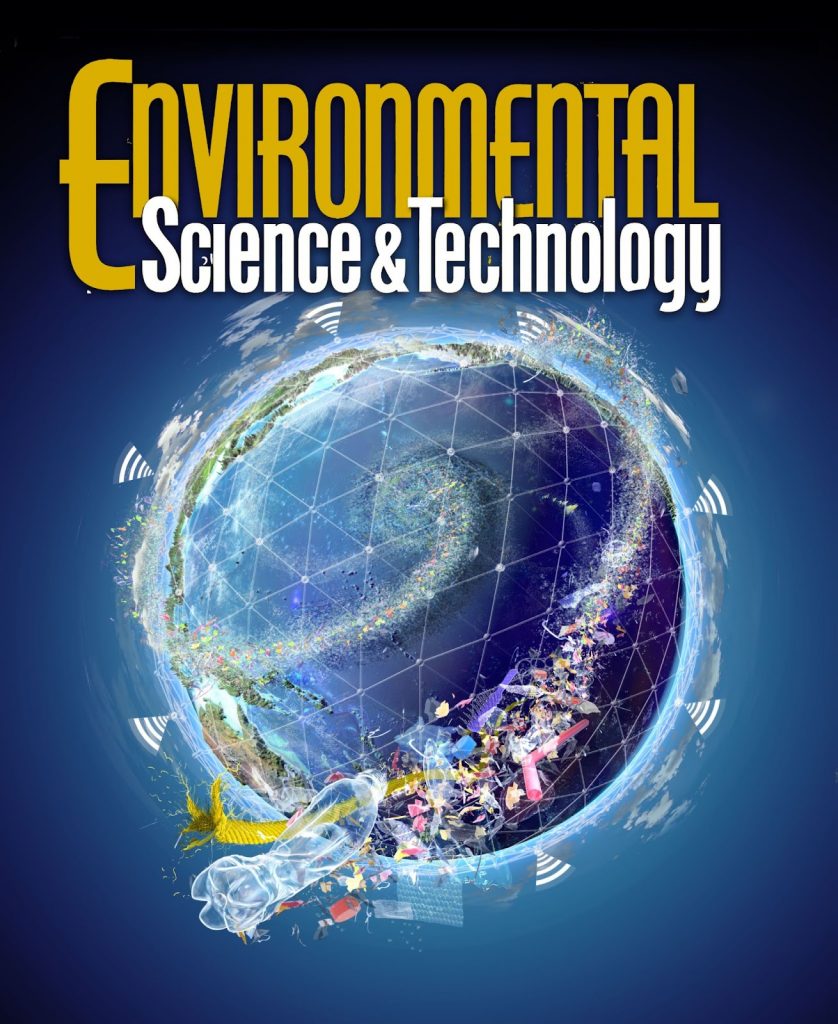
9. Nanofilter 3d cover art, Dr. Rohit Karnik
For our ninth scientific illustration, we visualized a 1-atom thick graphene nanomembrane filter. Dr. Rohit Karnik and Chi Cheng, MIT developed it to filter solvents. The 1-atom thick graphene has small pores to selectively allow different small molecules through. The golden illustration shows linear hexane passing through, while 2,2-butane is too bulky to move through the channel. Their findings were published in Nature Nanotechnology.
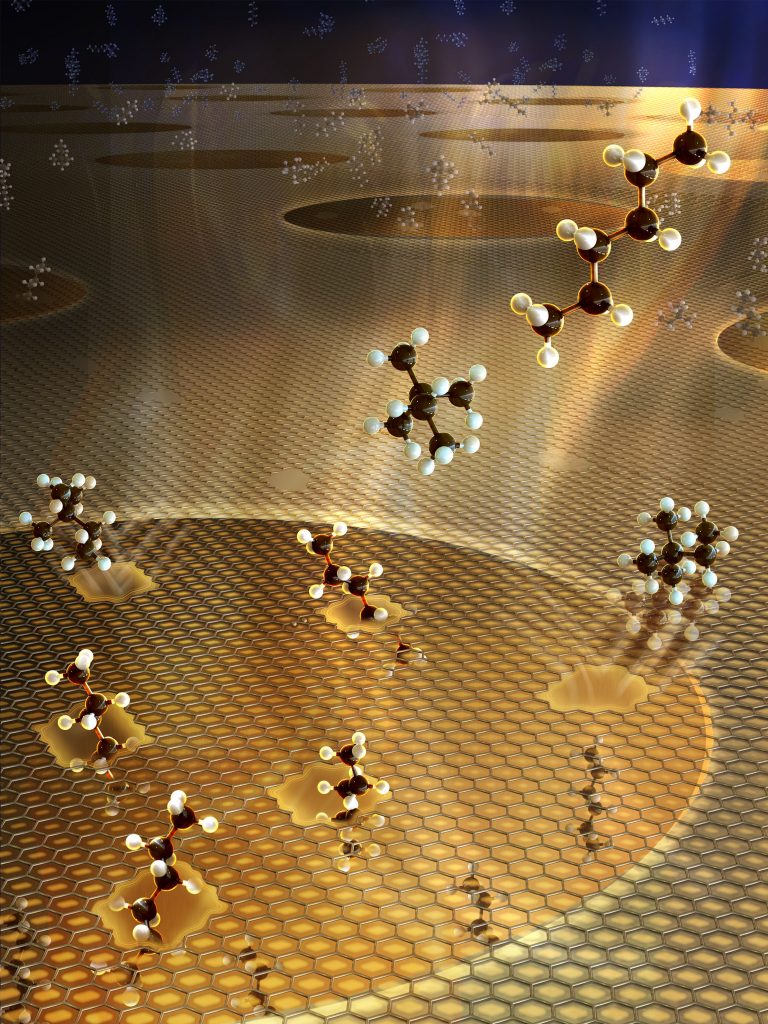
10. Integrative Science Illustration, for the National Science Foundation’s Office of Integrative Affairs
Last but not least, is an illustration celebrating the importance of people and cooperation to the scientific pursuit. It’s easy to forget: our greatest scientific innovations are made by people, and our greatest scientific assets are people. With that in mind:
- How do we encourage the next generation of scientists?
- What will ensure the greatest diversity of thought?
- How do we instill a spirit of collaboration across disciplines?
The National Science Foundations Office of Integrative Affairs supports scientists during their entire career, and helps provide tools and infrastructure for the next great discoveries the break beyond our current imaginations. This illustration of integrative affairs depicts their broad impact and essential mission.
11. Bonus! COVID-19 vaccine science animation
This is a little bit of a cheat… we’re sneaking in a science animation (rather than an illustration) for our bonus round. We couldn’t help sharing this mRNA vaccine nanoparticle animation. Learn more about the COVID-19 vaccine science here.
Unless otherwise noted, all images were created by, and © SayoStudio.

 The 10 Best Science Illustrations of 2021 from SayoStudio
The 10 Best Science Illustrations of 2021 from SayoStudio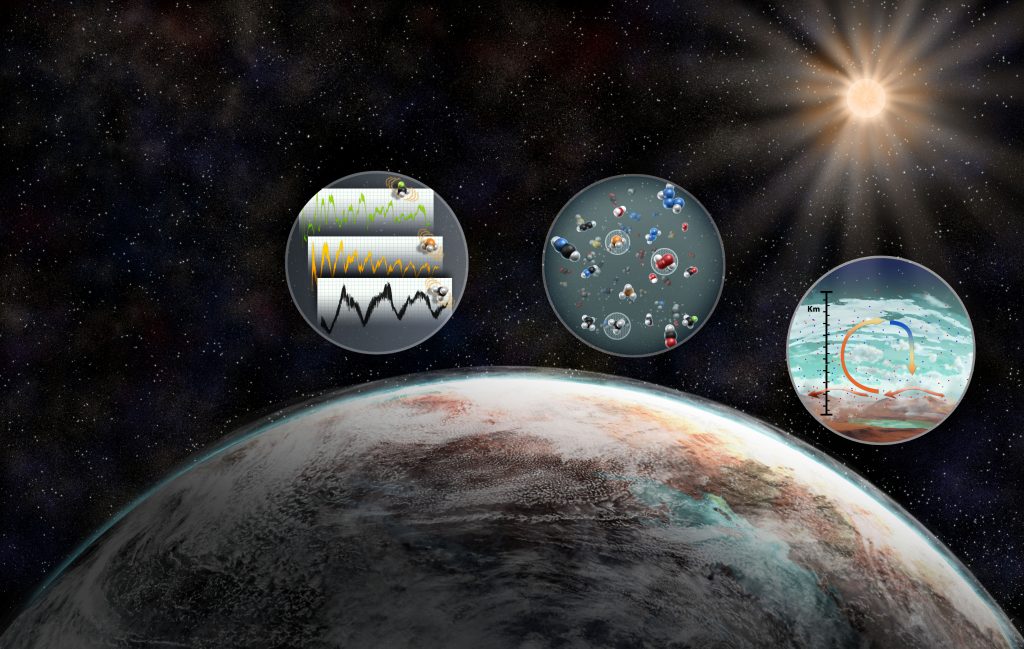
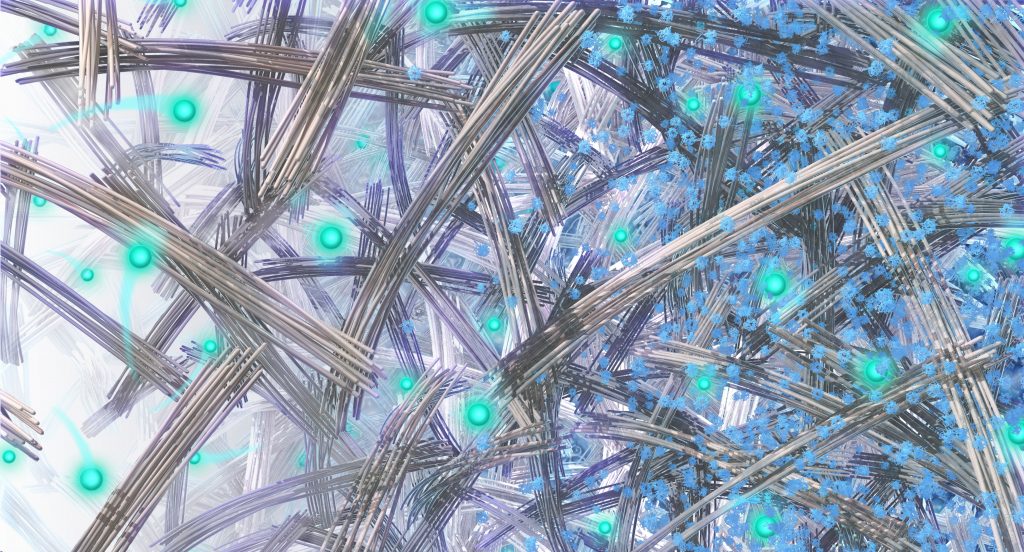

Beyond impressive! Such beautiful and detailed work you do!